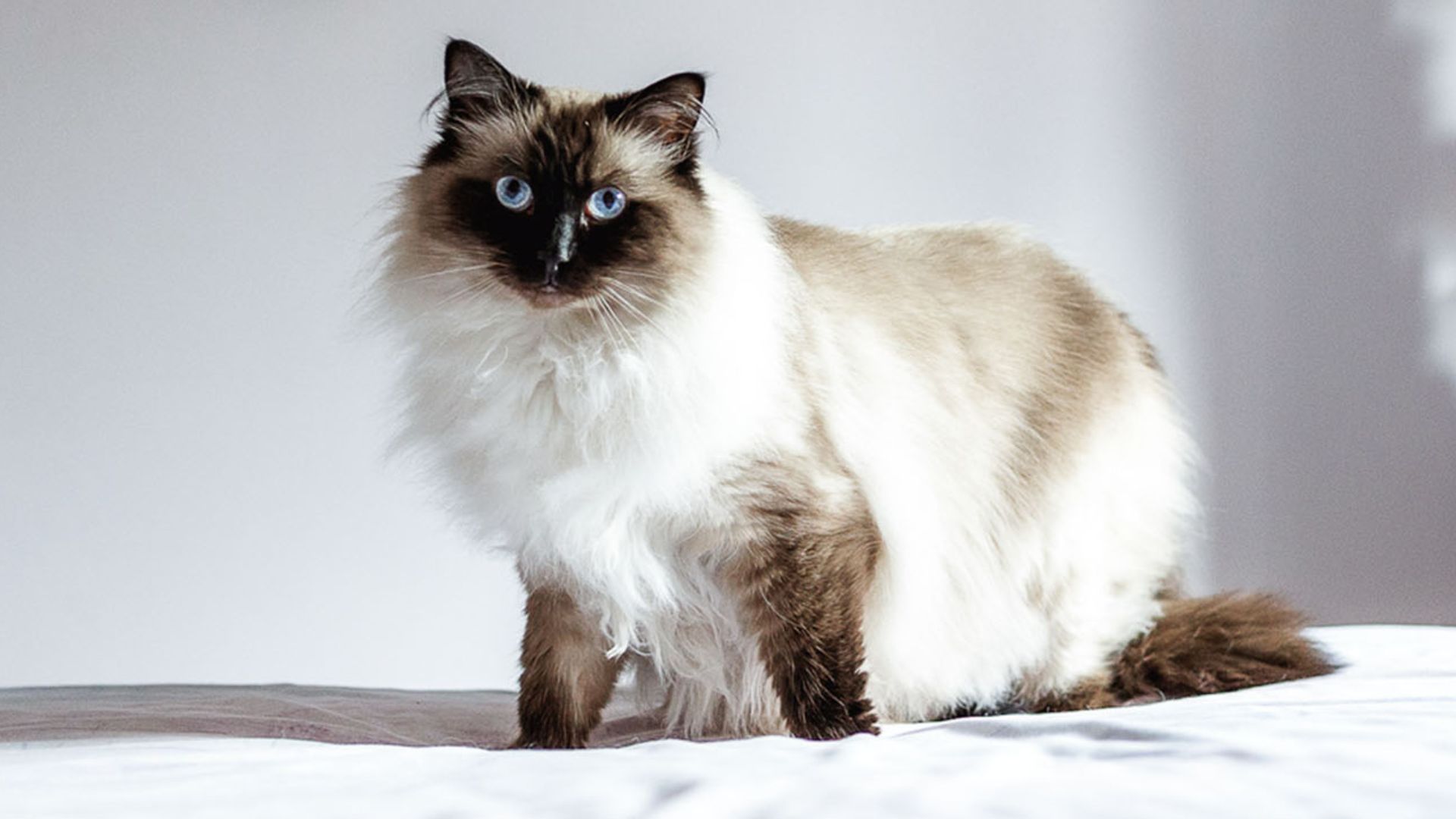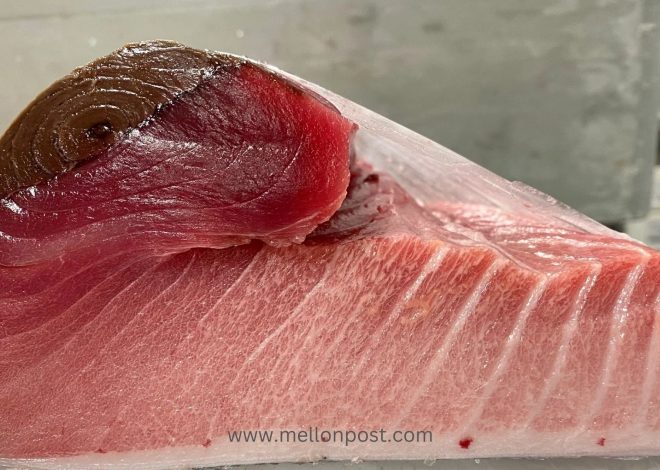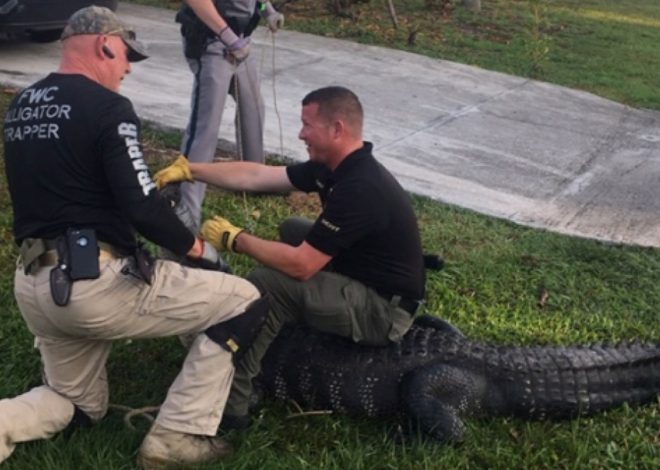
Himalayan Cat
The Himalayan cat is a breed that was developed by crossing Persian and Siamese cats in the 1930s in the United States. Early breeders were interested in adding the Siamese coloration and pointed pattern to the long-haired Persian breed.
The breed was officially recognized by the Cat Fanciers’ Association (CFA) in the late 1950s. Some registries still consider the Himalayan a variant or division of the Persian breed, rather than a fully separate breed.
Physical Characteristics of the Himalayan cat
- Himalayans have a medium-to-large, heavily-boned body type with a long, silky coat.
- Their coat coloration features “pointed” markings on the face, ears, legs, and tail, similar to Siamese cats.
- Common coat colors include chocolate, seal, blue, lilac, and cream.
- They have large, round eyes that are typically blue in color.
Himalayan cat Personality and Temperament
- Himalayans are described as gentle, affectionate, and easygoing cats that enjoy human interaction.
- They are relatively calm and sedate, but can have bursts of playful energy.
- Himalayans tend to bond closely with one person in the household.
Health and Care of the Himalayan cat
- Himalayans require daily grooming to prevent matting and tangles in their long, dense coats.
- They may be prone to health issues like polycystic kidney disease and progressive retinal atrophy due to their Persian ancestry.
- Proper diet and exercise are important to prevent obesity in Himalayans.
Physical characteristics of himalayan cats
The physical characteristics of Himalayan cats include:
- Medium to large size, weighing between 7 to 12 pounds.
- Long, silky coat with pointed coloration on the ears, face, paws, and tail.
- Coat colors include chocolate, seal, lilac, blue, black, flame, red, cream, tortoiseshell, frost, silver, golden, brown, fawn, and cinnamon.
- Bright blue eyes, a distinctive feature inherited from their Persian ancestry.
- A somewhat large head in proportion to their body size.
- A muscular and solid body build, not overly chubby.
- The Himalayan’s coat is high maintenance, requiring daily grooming to prevent tangles and matting.
- They have a squashed face with a short snout, round eyes, and chubby cheeks, giving them an adorably sweet appearance.
These physical traits contribute to the Himalayan cat’s distinctive and striking appearance, combining the best qualities of both Persian and Siamese breeds.
What is the coat color of himalayan cats?
Himalayan cats come in a variety of coat colors, including:
1. Seal Point: The most common Himalayan coloration, with a cream or pale beige body and dark brown/almost black points on the face, ears, legs, and tail.
2. Chocolate Point: The body is an ivory shade with milk chocolate-colored points.
3. Lilac Point: The body is beige with beige-brown points ticked with lavender.
4. Blue Point: The body is an icy, bluish-white with cold, dark blue points.
5. Flame (Red) Point: The body is a creamy white with deep orange or red points.
6. Cream Point: The body is a white-colored frothed milk shade with buff or custard-colored points.
7. Tortie Point: The body is pale fawn to creamy white with seal brown points and patches of cream or red
Himalayans can have additional variations like lynx point patterns and combinations like blue-cream and chocolate-tortie.
Difference between a himalayan cat and a british shorthair cat
The key differences between Himalayan cats and British Shorthair cats are:
1. Coat Type: Himalayan cats have a long, silky, and dense coat, while British Shorthairs have a short, dense, and plush coat.
2. Facial Features: Himalayans have a flatter face and shorter muzzle compared to the broader, rounder face of the British Shorthair.
3. Coloration: Himalayans have a pointed coat pattern with darker coloration on the face, ears, legs, and tail, while British Shorthairs come in a wide variety of solid and tabby coat colors.
4. Energy Level: Himalayans are described as having a lower energy level and being more calm and relaxed compared to the slightly higher energy British Shorthair.
5. Lifespan: Both breeds have a comparable lifespan, with British Shorthairs living up to 15-20 years and Himalayans up to 15 years on average.
6. Grooming Needs: Himalayans require more frequent grooming due to their long, silky coat, while the British Shorthair’s shorter coat is less demanding.
In summary, the key differences lie in the physical appearance, coat type, energy levels, and grooming needs, with the Himalayan being a long-haired, pointed breed and the British Shorthair being a short-haired, round-faced breed with a generally higher activity level.
Average lifespan of Himalayan cats
The average lifespan of Himalayan cats is 10-15 years.
Himalayan cats can live around 15 years, with genetics, lifestyle, and environment playing significant roles in their lifespan.
Common health issues that himalayan cats face
Some of the common health issues that Himalayan cats face include:
1. Brachycephalic Airway Syndrome: As a brachycephalic breed, Himalayan cats can have difficulty breathing due to the compressed structure of their facial features and airways. This can limit their ability to exercise and tolerate heat, especially in overweight or senior cats.
2. Polycystic Kidney Disease (PKD): Himalayans are prone to this inherited genetic condition that causes cysts to form on the kidneys, leading to kidney failure over time.
3. Dental Issues: Himalayans are susceptible to dental malocclusions, gum disease, and tooth loss due to their flat facial structure.
4. Cherry Eye: This condition, where the third eyelid gland prolapses, is common in Himalayan cats and can cause eye irritation if left untreated.
5. Feline Hyperesthesia Syndrome: Also known as “twitch-skin syndrome”, this rare condition can cause Himalayans to intensely bite and lick their back, tail, and limbs.
6. Skin and Coat Problems: Himalayans may be prone to skin infections, allergies, and excessive shedding due to their long, dense coats.
Proper grooming, diet, and veterinary care to help manage these common health concerns in Himalayan cats.
Symptoms of brachycephalic airway syndrome in himalayan cats
The symptoms of Brachycephalic Airway Syndrome in Himalayan cats include:
1. Difficulty Breathing: Open-mouth breathing, which can look like the cat is panting or struggling to breathe normally.
2. Noisy Breathing: Wheezing, snorting, or snoring sounds while breathing due to airway obstruction.
3. Cyanosis: Bluish or grayish discoloration of the gums and tongue, indicating a lack of oxygen in the body.
4. Exercise Intolerance: Inability to tolerate physical activity due to breathing difficulties and reduced oxygen intake.
5. Collapse: Severe cases may lead to collapse, especially with exertion, as the cat struggles to breathe effectively.
6. Nasal Congestion: Himalayan cats with Brachycephalic Airway Syndrome may exhibit nasal congestion or difficulty breathing through the nose.
These symptoms indicate respiratory distress and the need for immediate veterinary attention to address the airway obstruction and breathing difficulties in Himalayan cats with Brachycephalic Airway Syndrome.
Treatment for brachycephalic airway syndrome in himalayan cats
The treatment for Brachycephalic Airway Syndrome in Himalayan cats can vary depending on the severity and specific abnormalities present. However, some common treatment options may include:
1. Nostril Corrective Surgery: In severe cases, veterinarians may recommend nostril corrective surgery to widen the narrow nostrils and improve airflow.
2. Soft Palate Surgery: Surgical correction of an elongated soft palate can help alleviate airway obstruction and improve breathing in Himalayan cats with Brachycephalic Airway Syndrome.
3. Laryngeal Saccule Surgery: Everted laryngeal saccules, a common issue in Brachycephalic Airway Syndrome, may require surgical correction to reduce further blockage of airflow.
4. Tracheal Surgery: In cases where the trachea is hypoplastic, surgery may be necessary to address the narrowing and improve airflow into the lungs.
5. Pre-Anesthetic Testing: Before any surgical procedures, pre-anesthetic testing may be recommended to assess the cat’s overall health and ensure they are fit for anesthesia.
6. Regular Veterinary Check-ups: Regular veterinary check-ups are essential for monitoring the cat’s condition, managing symptoms, and adjusting treatment as needed.
It’s crucial for Himalayan cat owners to work closely with their veterinarian to determine the most appropriate treatment plan based on the individual cat’s condition and specific airway abnormalities present in cases of Brachycephalic Airway Syndrome.
Cost of the Himalayan cats
The cost of Himalayan cats can vary depending on various factors such as location, age, pedigree, and quality. Generally, the price range for Himalayan cats is as follows:
Himalayan kittens from reputable breeders can cost between $1,000 to $3,000 for pet-quality cats, while show-quality Himalayans may range from $1,000 to $2,500.
The cost of Himalayan cats can start at about $1,000 from reputable breeders, with some kittens being more suitable as pets rather than for show purposes.
Adopting a Himalayan cat can cost around $75 to $150, providing a more affordable option compared to purchasing from a breeder, which can range from $600 to $1,300.
In summary, the cost of Himalayan cats can range from $75 for adoption to $3,000 for show-quality kittens from reputable breeders, with prices varying based on factors like breed quality, breeder reputation, and location.
How to find reputable himalayan cat breeder in my area
Here are the steps you can take to find a reputable Himalayan cat breeder in your area:
1. Check the TICA Himalayan Breeders List: The TICA (The International Cat Association) website has a list of Himalayan breeders that are TICA members and have signed the TICA Breeder Code of Ethics. This is a good starting point to find reputable Himalayan breeders in your region.
2. Reach out to Himalayan Breed Clubs: Himalayan cats are accepted by all major cat registries in the USA and Canada. Contacting local or regional Himalayan breed clubs can help you identify responsible breeders in your area.
3. Look for Breeders with Positive Reputations: The Gems of the South Persians & Himalayans cattery and Purr Epiphany Persians are mentioned as examples of reputable Himalayan breeders. Research the background, breeding practices, and customer reviews of any Himalayan breeders you’re considering.
4. Avoid Potential Scams: The TICA website cautions about pet sales scams, where individuals may not provide a physical address or breeder information. Be wary of breeders who request large upfront payments and do not provide transparency about their operations.
5. Visit the Breeder in Person: If possible, visit the breeder’s cattery in person to assess the living conditions, health, and temperament of the Himalayan cats. This can help you determine if the breeder is truly committed to responsible breeding practices.
Things to keep in mind about the Himalayan breeders includes:
- Himalayan cats are accepted by all major cat registries in the USA and Canada.
- Responsible Himalayan breeders have not used Siamese cats in their breeding programs for decades.
- Prospective Himalayan cat owners can find reputable breeders through industry associations and referral programs.
By following these steps, you can increase your chances of finding a reputable Himalayan cat breeder in your local area.
Continue reading: Bambino cat


